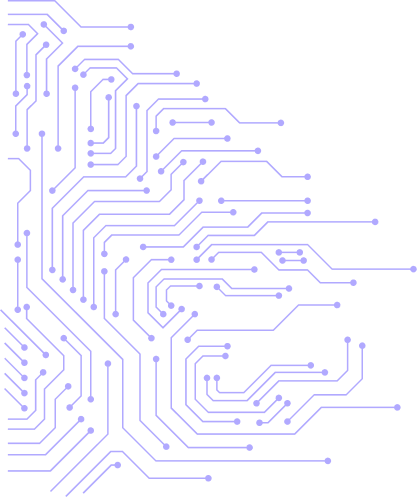Autonomous Robotics and Machine Learning: Deep Learning for Real-Time Adaptation
Autonomous robots leverage deep learning models, such as convolutional neural networks (CNNs) and recurrent neural networks (RNNs), to process sensory inputs and execute adaptive decision-making. One of the key advancements in robotic autonomy is the use of Simultaneous Localization and Mapping (SLAM) algorithms. SLAM integrates data from cameras, LIDAR, and inertial measurement units (IMUs) to build a real-time environmental map, allowing robots to navigate dynamic environments.
Modern AI-powered robots utilize transformer-based architectures (e.g., Vision Transformers - ViTs) for object recognition, significantly outperforming traditional CNN-based approaches in complex visual tasks. Reinforcement learning models, such as Proximal Policy Optimization (PPO) and Soft Actor-Critic (SAC), enable robots to develop optimal behaviors through trial-and-error interactions, leading to self-improving automation systems.
Real-world applications include autonomous warehouse robots (e.g., Amazon Kiva robots), mobile service robots (Boston Dynamics' Spot), and robotic surgical assistants (Da Vinci Surgical System). These robots continuously refine their operations using cloud-based AI frameworks like Google TensorFlow, PyTorch, and OpenAI Gym.


